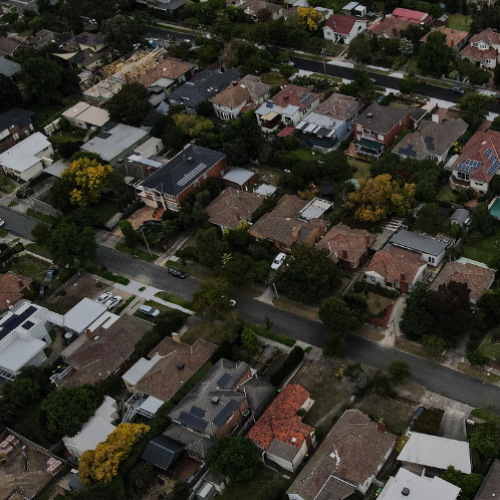Motorists are paying more for petrol as wholesale prices keep upwards pressure on rates charged at the pump.
Fuel prices have largely stabilised after conflict in Ukraine sent petrol soaring above $2 a litre last year, prompting the former coalition government to intervene and slash the tax charged on the product.
But rebounding oil prices – up 23 per cent since a low in mid-June – have kept wholesale fuel prices high in Australia.
Compare the Market’s Chris Ford said wholesale prices had climbed more than 13 cents a litre in the same period, keeping retail prices “higher for longer” beyond usual fuel cycle movements.
“We’ve just finished the discount phase of the price cycle in Sydney with prices climbing again in the last few days and they should start to move north in Melbourne and Brisbane this coming week as well,” he said.
The average price for unleaded fuel in Sydney was $1.93 a litre, $1.84 in Melbourne and $1.90 in Brisbane.
Adelaide drivers were paying the most, at $2.09 a litre, followed by Hobart motorists at $1.97 a litre.
The scheduled lift in the fuel excise tax, which is indexed twice a year to the official consumer price index, may have also fed into the price spike last week, Mr Ford said.
Commonwealth Bank energy expert Vivek Dhar said supply cuts by the major oil-producing nations were starting to materialise and push prices up.
Opec+, which groups the Organisation of the Petroleum Exporting Countries and allies led by Russia, produces about 40 per cent of the world’s crude, which means its output decisions have a major influence on oil prices.
Combined with fairly resilient demand, as activity in many countries trundled along even with higher interest rates and inflationary pressures, Mr Dhar said global stockpiles would start to fall and keep prices elevated.
“The trajectory of global oil stockpiles in coming months will determine the extent of the shortfall,” he said.
He said the Opec+ supply cuts would remain the main driver of oil prices in 2023 but weakening economic activity next year in many advanced countries would start to bring prices down again.
“Given that refined products like petrol and diesel are non-discretionary for many end users, we think a slackening in the labour market will be key for oil demand to ease next year,” he said.
In the meantime, Mr Ford said consumers could keep their fuel costs down by shopping around and using comparison apps and data available in each state and territory.
“You may be able to claw back some cash by driving a few minutes up the road,” he said.
He also recommended taking advantage of fuel deals through major supermarkets and other reward programs to save a few dollars on every refill.
© AAP 2023










